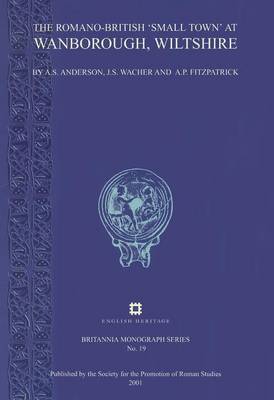Britannia Monograph
1 primary work
Book 19
The Romano-British Small Town at Wanborough, Wiltshire
by Alastair Scott Anderson, John Wacher, and Andrew F. Fitzpatrick
Published 1 June 2012
Wanborough, near modern Swindon, is the site of a Romano-British small town on Ermin Street, between Cirencester and Silchester. It is usually identified with the Durocornovium of the Antonine Itinerary. This report presents the results of excavations along Ermin Street undertaken before development between 1966 and 1976. From possible military origins the settlement developed into a 'small town', which in the late 3rd and 4th century extended to over 25 ha. and seems to have been divided into insulae. Many buildings were excavated, including a rare type of timber-framed building in which the joists rested on stones that raised them from the ground. The large number of finds suggests that most of the buildings were both residential and 'commercial', while the products of the local north Wiltshire pottery industry are also prominent in the major pottery assemblage. The excavations at Wanborough provide an insight into the everyday life and crafts of an ordinary roadside settlement or 'small town' in southern England.
